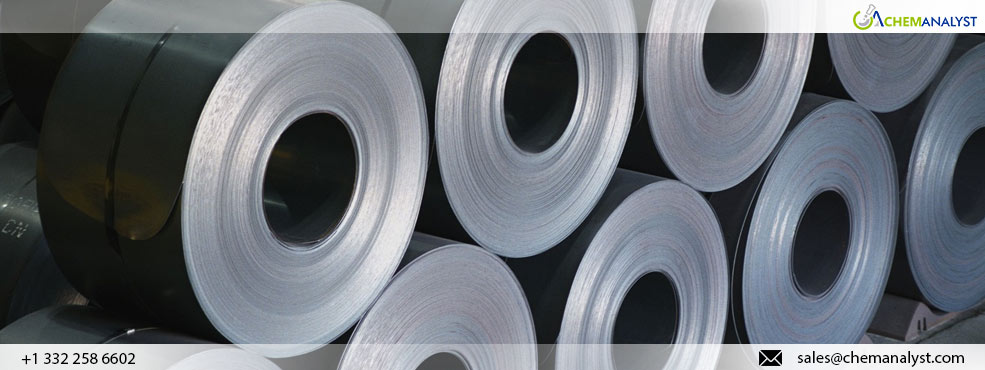Welcome To ChemAnalyst

In the second week of May, the German Hot-Rolled Coil (HRC) market exhibited stability despite prevailing industry challenges. Prices experienced a slight increase, driven by limited end-user demand and restocking activities. However, market players are hesitant to commit to larger volumes due to high production costs that mills cannot afford to lower. While restocking initiatives intensified, real demand remained weak, with minimal interest in imported HRC from Asia. Moreover, extended lead times and EU safeguard measures dissuaded buyers from engaging with Asian HRC suppliers.
In Southern Europe, domestic HRC prices also saw an uptick, aligning with steady imported HRC prices in the region. The observed market dynamics highlighted the complex landscape that regional players navigate to sustain market equilibrium.
The European Economic Congress focused on the imperative for European green hydrogen producers to diversify their business for profitability and independence from state aid. Notably, private equity funds expressed eagerness to invest in green projects but encountered a dearth of suitable opportunities.
While in Western Europe, the scrap market experienced upward pressure due to limited availability and fluctuating demand from mills. Conversely, Southern Europe, particularly Italy, witnessed a significant surge in scrap prices. The increased scrutiny of carbon footprint in steel products was underscored, with prominent automakers setting ambitious goals for recycled and bio-based content in their products.
Furthermore, significant shifts in HRC production processes pose challenges for the sector, including the need to source high-quality iron ore for the DRI-EAF route and the increased demand for scrap to feed new EAF capacities. Additionally, concerns regarding the export of ferrous and non-ferrous metal scrap emerged, requiring formal approval from non-OECD countries starting in 2025.
On May 17, trading activity in the European HRC market remained low, with distributors focusing on necessary purchases rather than building stocks. Interest in imported HRC from Asia remained limited due to extended lead times, uncompetitive prices, and regulatory risks associated with safeguard measures.
Amidst these industry developments, Thyssenkrupp Materials Processing Europe made a significant commitment to supply Autoliv with low-carbon steel, blue mint, to support Autoliv's net-zero emissions goal. This expanded collaboration underscores the growing emphasis on sustainability within the industry, exemplifying a steadfast dedication to reducing the environmental impact of production processes on HRC.
The collective efforts of industry stakeholders and strategic collaborations aim to navigate the challenges and propel the European HRC market towards sustained stability and viability in a dynamic and ever-evolving landscape.
We use cookies to deliver the best possible experience on our website. To learn more, visit our Privacy Policy. By continuing to use this site or by closing this box, you consent to our use of cookies. More info.
